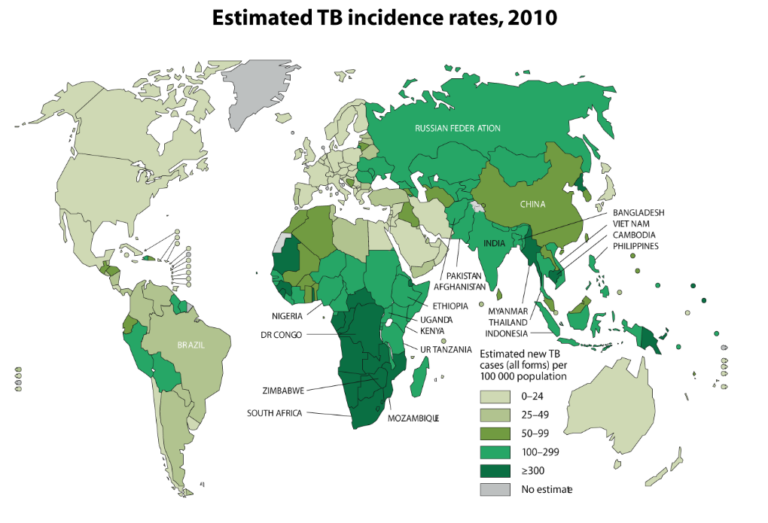Simulation of Tuberculosis transmission in large cities. The case of Barcelona
- Joan Francesc Gilabert
- C, C++, GNU Octave, MPI (Message Passing Interface), NetLogo, R
Home » Success Stories »
Description
The objective of this project is to improve the preliminary individual-based modeling (IbM) or agent-based modeling (ABM) that models tuberculosis transmission and its implementation using parallel computing techniques and its adaptation for the simulation of tuberculosis dynamics in Barcelona.
Tuberculosis is one of the most important infectious diseases in the world today, causing the death of 2.5 million people each year. It is estimated that one third of the world’s population is infected with Mycobacterium tuberculosis. Specifically, the Ciutat Vella neighborhood in Barcelona has an incidence of tuberculosis comparable to the incidence in countries such as Sudan.
Most models that have addressed the simulation of tuberculosis epidemiology have classically followed a top-down strategy structure. That is, dividing the population into different classes (e.g. susceptible, exposed, infected and recovered in the case of a SEIR model) and specific flows between these groups. However, because of the small percentage of diseased individuals in the infected population (on average only 10% of infected individuals will develop an active infection), when the population being studied is not large enough, the result of diseased individuals calls into question the approximation using differential equations.
In this case, as in Barcelona, individual-based modeling (IbM) or agent-based modeling (ABM) is most appropriate.
The Tuberculosis Experimental Unit of the Institut de Recerca Germans Trias i Pujol – Can Ruti participates in the project by providing biomedical expertise for the improvement of the model. Thanks to its expertise in the field of simulation, parallel computing, high performance architecture, etc., inLab will provide technical support for the realization of the project. The possibility of running parallel simulations on the infrastructures of the Barcelona Supercomputing Center – Centro Nacional de Supercomputación (BSC-CNS) will also be evaluated.
Objectives to be achieved
- Improve the preliminary version of the IbM/ABM model of tuberculosis transmission in a closed community.
- Adapt the model to reproduce the reality of Barcelona over the last few years.
- Develop the model so it can be implemented in a high performance architecture with the use of parallel computing techniques.
- Implement the model in the large-scale population dynamics simulation framework, Yades.
- Employ the simulator as a virtual experimentation tool and aid in infectious disease control policy decision making.
Articles and presentations
- Solucions tecnològiques d’avantguarda de la UPC, en el Congrés Smart City Expo World, Sala de Premsa UPC, 14 novembre 2016
- Individual-based modeling of tuberculosis in a user-friendly interface: Understanding the epidemiological role of population heterogeneity in a city, Frontiers in Microbiology, 1 gener 2016

